The Meaning of the Ten Sephirot (Spheres) The ten spheres represent the ten archetypal numbers, and overall there are 32 paths on the Tree of Life, whereof the first 10 are the Sephirot (spheres). The remaining 22 paths correspond to the lines or channels of energy that join the Sephirot together. Each of these paths corresponds to one of the 22 letters of the Hebrew alphabet as depicted in the image of the tree of life. The Hebrew alphabet is considered to be of great importance as a celestial code or blueprint for the cosmos. The 13th-century Zohar (Book of Splendor) is filled with references to the Hebrew alphabets importance, and many Jewish visionaries have highlighted that in mastering the Hebrew alphabet, an individual can gain supreme knowledge about the realm of matter. The tree of life however represents a series of divine emanations of God's creation itself out of nothingness (ex nihilo), the nature of revealed divinity, the human soul, and man's spiritual path of ascent. In this way, Kabbalists developed the symbol into a full model of reality, using the tree to depict a map of Creation. In my Hamsa Hand artwork from my Hebrew letters series, i have depicted the Tree of Life with the 10 sephirot in the Hamsa Hand with the letter Chet, the eighth number in the Hebrew alphabet, which also represents Chai - Life. What Are The 10 Sephirot? The Sephirot are believed to be ten forces or attributes through which God manifests Himself, as such the sephirot are not God, but they serve as a kind of medium in which these specific attributes may be ascribed to God. In Hebrew, the word Sephirah is related to the verb lesaper, which means to "tell", “express” or “communicate", and therefore the function of the sepfirah is also to communicate an attribute. The word is also connected to the word 'saphire' (in Hebrew 'sapir') which is a gemstone known for it's brilliant and illuminating qualities that give light. Hence another function of the sephirot, apart from the expression of the attributes, is to serve as vessels that bring or give Light. THE PLACEMENT OF THE SEPHIROT The different placements of the spheres on the Tree of Life serves to give us an idea of the nature of the sephira. For example, Keter - the Crown - is on the top of the chart whereas Malchut - Kingdom - is placed in the bottom of the chart. The reason is that Keter is considered to be the initial or primary connection between God and the world , and symbolically this is represented by placing Keter at the top. In contrast, Malchut which is the final Sephira is thought to be a summation of all the others, to be the connection between humans and the world, and to symbolize that it is the goal of creation with the physical universe and all that it contains (Kurzweil). Each sephira (sphere) of the 10 sephirot represents a force or attribute and this is a brief overview adopted from the Chabad.org source and other sources on the web: Crown ('Keter'): The word Keter means “crown” and stands above all the other Sefirot, like the crown stands above the head. Keter is the Sefirah that stands above all the Sefirot. Wisdom ('Chokhmah'): The first of the Sefirot is called Chochmah. Chochmah is made of the words koach mah, meaning the potential of 'what is'. It represents the original idea, and is often referred to as the likings of the first flash of intellect, where all the details of the idea is contained, however it is not yet defined. It is everything in its potential, and this potential has been equated to a dot, in which everything is contained, but nothing is yet actualized or given definition. In the Tetragrammaton (the four-letter biblical name of the God of Israel 'יהוה in Hebrew and YHWH in Latin script), this is represented in the first letter, yud, י, which resembles a dot. Understanding ('Binah'): The second Sefirah is Binah. Binah means, “to understand or derive one matter out of another matter.” We can understand Binah in the way that it takes the original idea and expands and develops it both in breadth and depth, and thus it makes the original idea more crystalized and clarified than it was in the Chochmah, where the idea was undefined. As such, the previous idea that was in a very concentrated form, is now revealed and understood and this is what Binah represents. In the name of God, Binah is the letter 'hey' ה. Its shape, which is more elongated and comprised of strokes, implies the expansion of the dot in both breadth and length. Chochmah and Binah can be understood as being equal, as two good friends who can never be separated and in the book of the Zohar, they are described as “a dot in the palace,” with the dot Chochmah being realized in the palace of Binah. The koach mah of Chochmah (potential of “what is”) is thus realized in Binah. Mercy ('Chessed'): Chessed which means loving-kindness, is the attribute which spreads kindness and benevolence to all without limit. It is thought that Creation itself is an act of Chessed, as it is stated, “The world was built with Chessed.” Chessed is also the total outpouring of what is known as Shefa שפע, abundance, and Chessed is the divine attribute which describes the function of expansion. Strength ('Gevurah'): Gevurah stands for strength, judgment, law, and power and Gevurah is the attribute of restraint as it has the power and ability to limit and contract. As Chessed causes an outpouring of energy, Gevurah on the other hand functions to control, contract, and limit the flow, providing an equilibrium between expansion and contraction. The patriarch Isaac is often thought to parallel with Gevurah In the biblical story of the binding of Isaac (known in Hebrew as the Akeda), where Abraham was commanded by God to sacrifice Isaac, Isaac restrained his emotions magnificently, because of the dominance of this Sefirah of Gevurah within him. Gevurah is also called “law” and “judgment” (Din). This is because judgment demands that Chessed should be distributed justly and in proportion to the recipient’s merit and not merely in a boundless, unwarranted way. I have created an artistic interpretation of the Binding of Isaac (Akeda) in one of my Hamsa Hand artworks and Hamsa Hand art prints, as depicted in the image below. Beauty ('Tipheret'): Tipheret is the central balancing sephirah of the whole Kabbalah Tree of Life, as every sephirah, except Malkhut, flows into it. As such, Tipheret creates a synthesis of both Chessed and Gevurah in order to reach its broader goal which is to aid in the development of the human being to his greatest potential. Tipheret blends Chessed and Gevurah with harmonious and beautiful results, and it is also referred to as Tipheret (beauty) for its harmonious blending of all the sephirot. On the tree of life, Tipheret is the midway point on the direct line extending down from Keter to Malchut and Tipheret is thus located on the central balancing column of the tree. Ideally, it leans a bit toward Chessed and therefore it is also called Rachamim, which in Hebrew means 'mercy' or 'compassion'. Tiferet is also equated with “truth” (אמת, Emet) in the sense that both Chessed and Gevurah agree to its flow. Victory ('Netzach'): In Hebrew, the word Netzach generally translates to 'eternity', however in the context of Kabbalah it refers to 'perpetuity', 'victory', 'endurance', 'conquering' and to 'overcome'. Netzach is therefore thought to represent the idea of dominance. For example, by giving in an unlimited way, one is overwhelming the other, and in this respect Netzach is thought to be an extension of Chessed. Majesty ('Hod'): However, Hod is just the opposite from Netzach as it is thought to be an extension of Gevurah, as it denotes with strain to the point of submission. In Hebrew, Hod stems from the word Hodaah meaning to “thank,” “admit,” or “submit.” As such, a total dominance over another is considered a Netzach relationship, while on the other hand, a total submission is a Hod relationship. Yesod, the next sephirah, balances the Netzach and Hod as it facilitates communication, and is thought to represent the foundation of the world. Yesod ('Foundation'): The Hebrew word for 'foundation' is 'Yesod' ( יסוד ). Yesod is associated with the souls ability or power to contact, connect and communicate with outer reality (represented by the sephirah of malchut). It can be understood just as the foundation (yesod) of a building is in its “grounding,” - its union with the earth (malchut). The yesod is also thought to correspond with the procreative organ of man and yesod is thus the foundation of generations to come. The power to procreate is believed to be the manifestation of infinity within the finite context of the created human being. As such, the yesod is the “small” and “narrow” bridge between the infinite potential of procreation that flows into it and its actual manifestation in the descendants of man. It is also for this reason, that the sephirah of yesod is also identified in the Torah with the tzadik (righteous one), as is said: “and the tzadik is the foundation of the world.” Kingdom ('Malkuth'): The last Sephirah of the 10 Sephirot known as Malchut. In Hebrew the word Malchut means Kingdom. The Malchut sephira does not exert any influence of its own except that which the other Sephirot flow or channel into it, and it is a summation of all the other sephirots that has appeared above it - an ultimate gathering of all the resources and the fruits of one's labour. As such, on the one hand, malchut receives all that it has from the other sephirot and is described in the Kabbalah as "having nothing of her own". The book of Zohar compares malchut to the moon which has no light of her own. On the other hand, malchut is the final revelation in which the entire process began; it was for the purpose of malchut that all the sephirot emerged. Thus malchut is both the receiver and the consummation of giving. To Sum Up The 10 Sephirot Malchut is the completion of the Sephirot. The first group of 3 Sephirot dealt with an idea which manifests in the mind. The second group of 3 Sephirot are connected to those of the heart of the emotional realm where the idea is judged and evaluated. In the third triad group of the Sephirot the idea is not merely evaluated emotionally, but action comes in to play and the idea is brought into being in the world. At last, the Malchut represents the real manifestation of the idea in the world of reality. The teachings of the Kabbalah and the Jewish mysticism is a complex and fascinating field of study. This article only scratched the surface in order to give an idea of the symbol known as the Tree of Life that i have used in my Hamsa Hand art. If you are interested in more symbolism and if you wish to learn more about other symbols that i use in my Hamsa Hand art and Hamsa Hand art prints that i offer in my shop , you can discover more about all the symbolic elements that i use here. On my blog you can read about the meaning and origins of the Hamsa Hand symbol itself, as well as the meaning and origins of the Eye or Evil eye symbols, the dove symbol, the eagle and the double headed eagle symbol and the fish symbol. References: http://www.chabad.org/library/article_cdo/aid/361885/jewish/The-Sefirot.htm http://www.walkingkabbalah.com/kabbalah-tree-of-life-sephirot/ http://www.inner.org/sefirot/sefyesod.htm Kurzweil, A. Kabbalah for dummies.
4 Comments
Many political entities across the world today, use an eagle in their official emblems, for example in the Great Seal of the United States of America. The symbol of the eagle is however older than heraldry itself and can be traced back to ancient Egypt, to Greek mythology and ancient Rome and to the Judeo-Christian scriptures. With its ability to fly high, the eagle is also spiritually symbolic in that it can rise in some sense, above the material world. In my Hamsa Hand artworks and Hamsa Hand prints I use the eagle as it also symbolizes divine and spiritual protection, and is thought to bring courage and wisdom.
The ancient Egyptians depicted the Bennu as a heron, and considered it to be the sacred bird of Heliopolis, city of the Sun where it only came back to Heliopolis to die and be reborn as it's actual home was in the Arabian desert. Bennu was associated with the Egyptian Sun God Ra and with Osiris, God of the Underworld. Bennu symbolises rebirth, because of its ability to rise from its ashes. To the ancient Egyptians it also symbolized wealth and fertility.
As a god of the sky, the Eye of Horus also has a special significance and you can read more about the Eye symbol that i also use in my Hamsa Hand art in this article.
The Eagle in Greek Mythology The ancient Greeks also regarded the eagle as a sacred emblem of Zeus who was thought to be the god of the sky and god of thunder. Zeus was also the king of the gods of Mount Olympus. The Roman equivalent of Zeus is Jupiter. The eagle was thought to run errands for Zeus, as a messenger, and Zeus is quite often identified with the eagle and even taking on the eagles form.
The Eagle symbol in Judaism In my Hamsa Hand art i love using the symbols of the eye, the fish and the dove as well as the eagle which is the most prominent bird in the Torah. In Hebrew the word for eagle is 'Nesher' however some suggest that a nesher is more likely a griffon vulture. The symbol however is significant in that God saved the Israelites from Egypt '..on the wings of the eagle'. Psalmists often refer to God in the imagery with attributes of an eagle, for example in Psalm 103:5:
In Psalm 91:1-4 God is referred to as an eagle;
Native American culture The majestic eagle and its features of strength, power, vision and acuity has shown its symbolic presence in many cultures and religions, from ancient mythologies to the Roman empire. The spiritual nature of the eagle was also used in Native American culture as Native American Indians were a deeply spiritual people. The Native Americans told their narratives, thoughts, ideas and their dreams from generation to generation by using different symbols and signs such as the eagle symbol. For the Native Americans, the eagle symbolized courage, bravery, wisdom and strength and it served as a messenger of prayers to the Creator - the Great Spirit. The eagle itself became a symbol of the Great Spirit because it sees all things from above. The eagle was associated with balance due to its ability to live in two realms - that of the spirit and that of the realm of the Earth. Since there were many tribes of Native American Indians it is however not possible to generalize the most common meaning of the Eagle symbol or pattern. The wings of an eagle also represents the balance needed between male and female, each one dependent upon the strengths and abilities of the other. Among the Cherokee tribe, a dance called the Eagle Dance represents strength and power. Many native headdresses are also made of eagle feathers as each feather on the headdress represents an honor or incident of bravery. Images of eagles and their feathers are used on many tribal logos as symbols of the Native American Indian. It is thought to be the highest honour to be given an eagle feather and of all the feathers, the Golden Eagle feather was the most coveted and the most significant, generating a lot of respect from other members of the tribe. Today it is illegal to possess, use or sell eagle feathers by federal law—a policy that is meant to deter hunters from poaching wild eagles for their feathers or body parts, however Native Americans who are members of federally recognized tribes can obtain a permit under the Federally Recognized Tribal List Act of 1994 to gain access to golden eagles and bald eagles for traditional and ceremonial use. There is much more to learn about the eagle symbol as this article is not exhaustive. You can read about the double-headed eagle in my blog post and explore the other symbolic elements that i use in my Hamsa Hand art and that you can find in my Hamsa Hand prints
Origins of the double-headed eagle The two-headed eagle is of Hittite origin. The Hittites were an ancient Anatolian (modern-day Turkey) people who formed an empire between 1600-1180 BC and the Hittite Empire reached great heights during the mid-1300s BC, when it spread across Asia Minor, into the northern Levant and Upper Mesopotamia (CC BY-SA 4.0) Following the Hittites two-headed eagles, there is a gap of almost two millennia before the double-headed eagle motif reappears. Jewish Heraldry and Chandeliers in synagogues The symbol is not considered to be a jewish symbol in itself, however the double-headed eagle was a common heraldic item that was used on chandeliers in Ashkenazi synagogues and on objects such as menorah's, torah shields, as well as as on jewish tombs and in the home, throughout Europe until the Second World War. Like others, European Jews used heraldry and adopted coats of arms, and contrary to the belief that heraldry was reserved for nobility or knights, it appears that the Jewish use can be traced back as far as to the 14th century. The two-headed eagle consists of the body, wings and claws of an eagle and has two heads, however in my Hamsa hand artworks I have used just the two heads connected to the body. Since ancient times, objects and lights have been adorned with symbolic imagery and many symbols are associated with light. In pagan art for example, the figure of the Roman god Jupiter (in Greek mythology the equivalent is Zeus) can be seen under a canopy-shaped handle of a bronze oil lamp, and the thunderbolts recall the divine origin of fire. Chandeliers from the 17th and 18th century found in the synagogue in Worms and in Prague, showed Jupiter on an eagle with thunderbolts, reflecting the association with celestial light (Rodov, 2004). Some scholars have suggested the use of the double-headed eagle among European Jews were a sign of loyalty to the government, however others suggest that its symbolism must be found in the interplay of its connection to light as well as its religious and political connotations in the specific countries and times (Rodov, 2004). Jewish heraldic shields had biblical motifs of menorah's and the star of David. Jews also used animals in the heraldic emblems of which the lion was notable, among the Christians too, as well as the eagle. Unique heraldic seals were also used by some Jewish communities such as the Jews in Paris who during the 13th century used the eagle rising on a fleurs-de-lys. In Jewish art, the double-headed eagles have usually been found in the accompanying inscriptions in ceiling paintings of wooden synagogues. The double-headed eagle however has been absent in the Jewish written sources where the single-headed eagle is more prominent. For more information about the double-headed eagle, the articles listed in the references are recommended. You can read more about the symbolism of the eagle itself that i use in my HAMSA ARTWORK in my blog post about the meaning of the eagle. Reference: Ilia Rodov, “The Eagle, Its Twin Heads and Many Faces: Synagogue Chandeliers Surmounted by Double-headed Eagles,” Jewish Ceremonial Objects in Transcultural Context (Studia Rosenthaliana, 37, 2004), pp. 77-129. http://www.hubert-herald.nl/TwoHeadedEagle.htm#Twoheadedeagleegypt
Like most ancient symbols such as the ones i use in my Hamsa hand artworks such as the Eye symbol and the Fish symbol its origins can be traced back through history and can be found in many cultures and religions. From ancient to modern times, the long tradition and popularity of the dove symbol has helped it develop many layers of meaning as well as interpretations which can be seen in art, iconography, and religious texts. Pablo Picasso the great Spanish painter is one example of how the dove became an icon of peace through the use in art, and it became a modern symbol of peace when his 'dove' was chosen as the emblem for the World Peace Congress in 1949. In religious texts, it is hard not to think of the biblical story of Noah and the great flood. It is possibly worthy to mention that the word dove is usually used in the aesthetic contexts of religion, literature and art, whereas the word pigeon is often used in contexts of sport, different breeds and culinary use. ORIGINS OF THE DOVE SYMBOL The birds relationship with humans has been revealed since ancient times through accounts of its ability to adapt to domestic life and to be tamed. In Sumerian Mesopotamia (modern day southern Iraq) an archeological find revealed pigeon images next to the Mother Goddess which was worshipped at the time, which dates back to the Bronze Age (2400-1500 BC). This mother-goddess also known as Ishtar, was portrayed holding a pigeon. The worship of the mother-goddess spread to Crete and Cyprus, where she was portrayed with doves on her head. THE DOVE IN THE CLASSICAL WORLD The association with doves from the mother goddess Ishtar was continued in Greek classical antiquity where the doves were associated with Aphrodite (Venus), the goddess of love and sexuality. The ancient Greek word for dove 'peristerá' possibly comes from a Semitic phrase 'peraḥ Ištar' which means "bird of Ishtar". In Greek mythology, doves or sparrows were said to fly Aphrodite's chariot and in exchange for blessings and favours in matters of love, pigeon offerings to the goddess were made. In the temple or shrine of Aphrodite in Daphni 10 miles northwest of Athens, small offerings of white doves made of marble have been found. An attic inscription dating back to 283-282 BC during the Hellenistic period, was also found referring to an official offerings of pigeons or doves in order to purify the sanctuary of Aphrodite. Another greek goddess known as Demeter (Ceres), was also sometimes associated with the dove symbol. Demeter was thought to be the goddess of the harvest, fertility of the earth, and to be another version of the Mother Goddess. The goddess Eirene, goddess of peace and harmony was also shown representing a dove and an olive branch - the olive branch itself a symbol of peace. Pax, the Roman version of the goddess of peace, was also frequently depicted holding an olive branch. THE DOVE SYMBOL IN THE BIBLE In biblical theology, the concept known as the law of first mention is used to teach that when a number, a person or an animal is first mentioned in the Scripture, it often sets the theme of that particular mentioned item throughout the Scripture. Overall the dove appears many times throughout the Bible, however the dove was first mentioned in Genesis 8:11 in the biblical story of Noah's Ark after the great flood. The story of the dove (Hebrew: yonah / יּוֹנָה ) and the olive branch (Hebrew: alei-zait / עֲלֵה-זַיִת) appears:
THE DOVE IN JUDAISM In judaism the dove (yonah) is a symbol of the Holy spirit referring to the spirit of God which hovered like a bird over creation, divine love, of deliverance and forgiveness. It also symbolizes the Jewish people, longing for peace and rest, as well as love. Some biblical scholars have noted that the Babylonian Talmud resembles the Spirit of God that hovers over the waters at creation as a dove.
In the beautiful and erotic Song of Solomon, the dove symbol is also frequently used as a term of endearment:
The Talmud gives another explanation of the metaphor of the dove and its connection to the Jewish people:
THE DOVE SYMBOL IN CHRISTIANITY In Christianity the dove symbolizes the Holy Spirit. As in the ancient world were the dove represented the divine, during the time of the New Testament doves were already quite associated with God and his Spirit and early Christians took on the imagery and increasingly depicted the Holy Spirit as the dove. In the New Testament, the Holy Spirit is for example specifically mentioned as arriving in the form of a dove during Jesus’ baptism.
It is a symbolic structure located in the Indian city of Chandigarh. The open hand also resembles the shape of a dove and the structure symbolizes "the hand to give and the hand to take; peace and prosperity, and the unity of mankind". The Hamsa hand or hand symbol and the dove symbol are thought to be universal symbols of protection and peace, and much more can be explored in the various existing literature for further reading. |
MAY-BELL
|
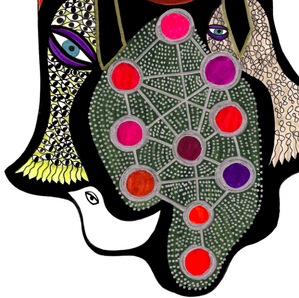
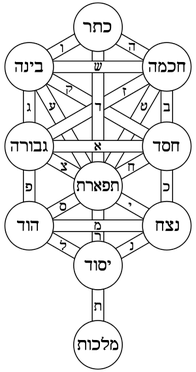
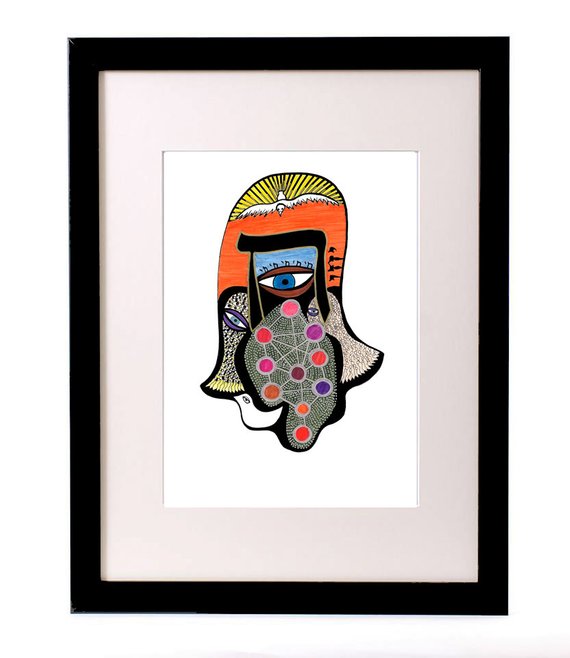
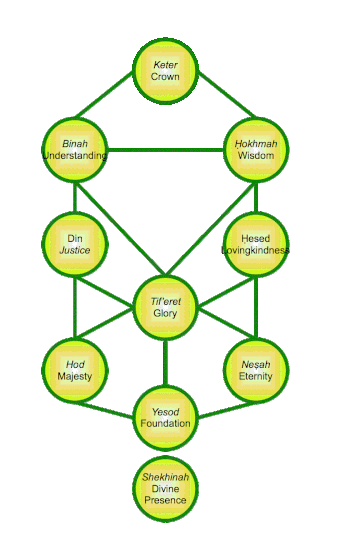
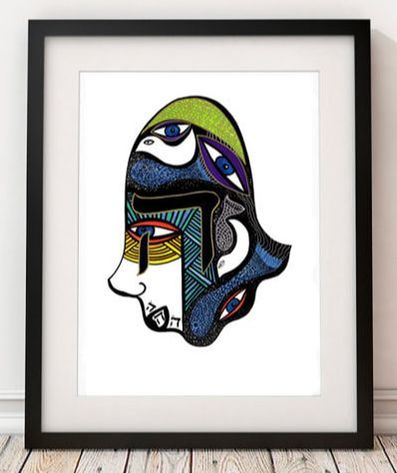
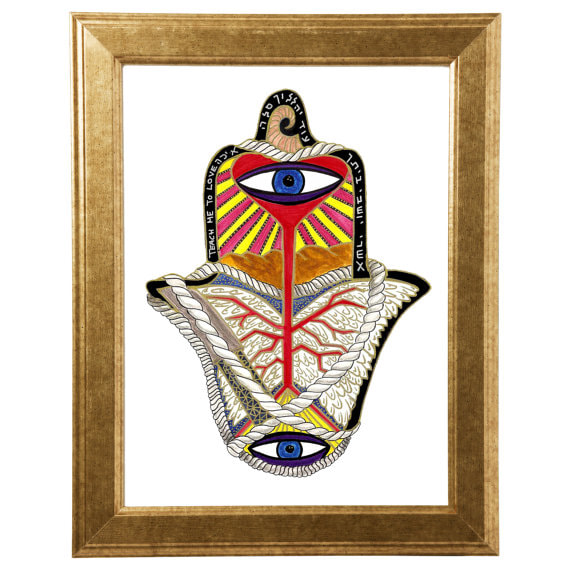
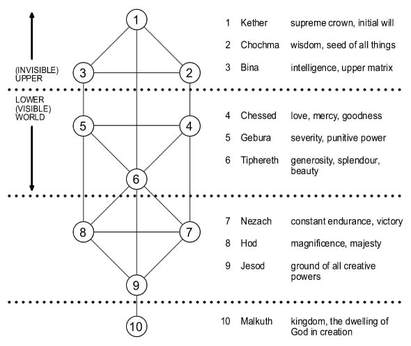
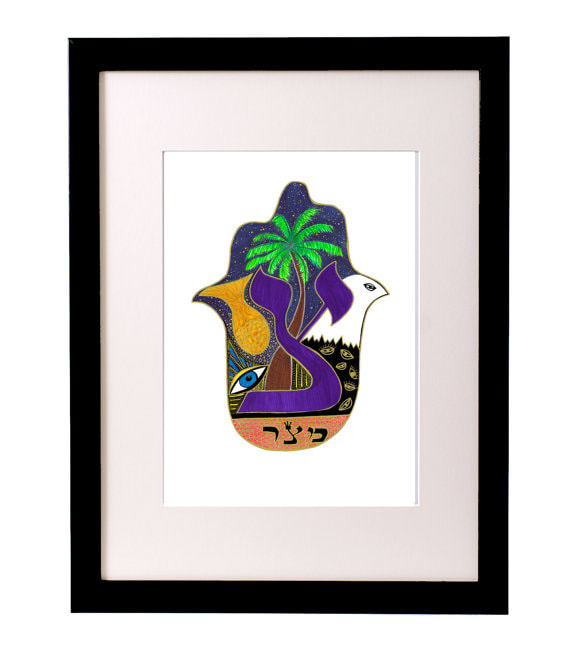
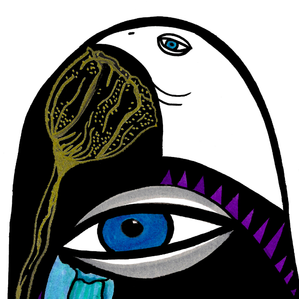
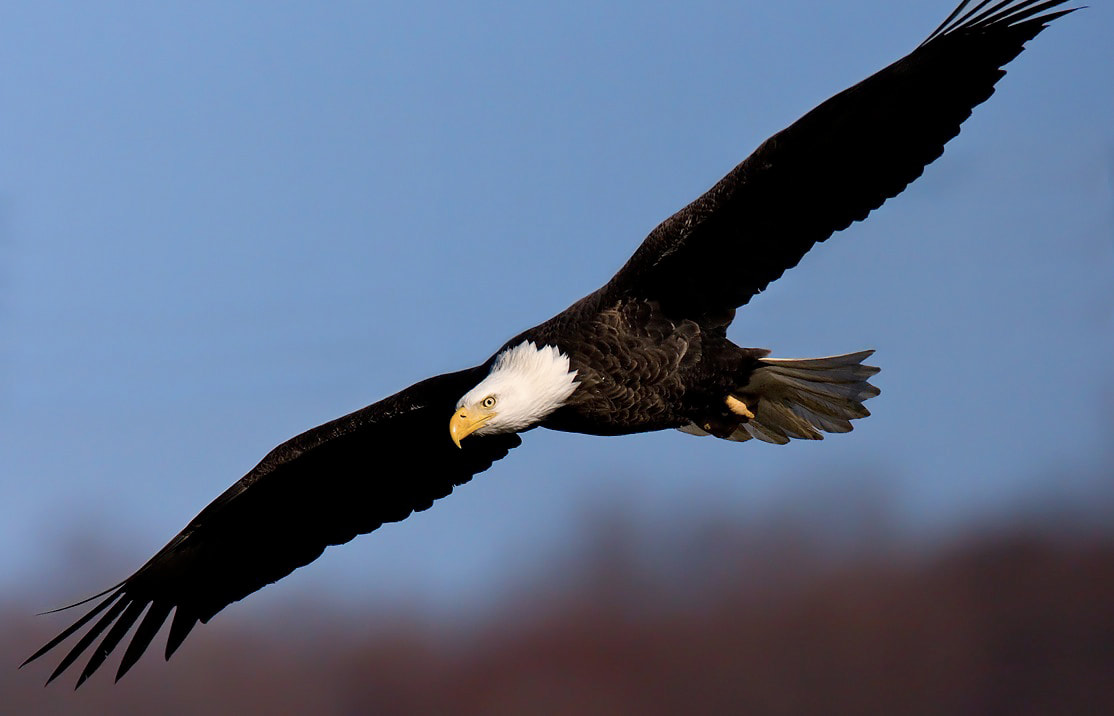
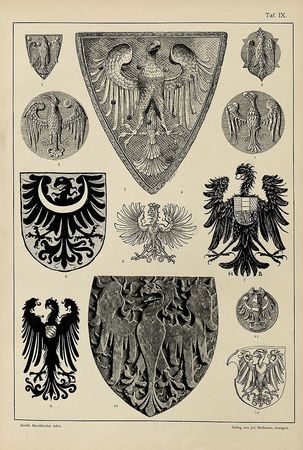
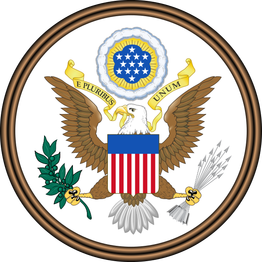
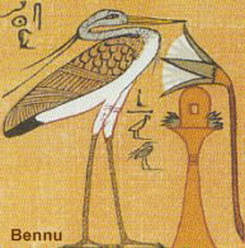
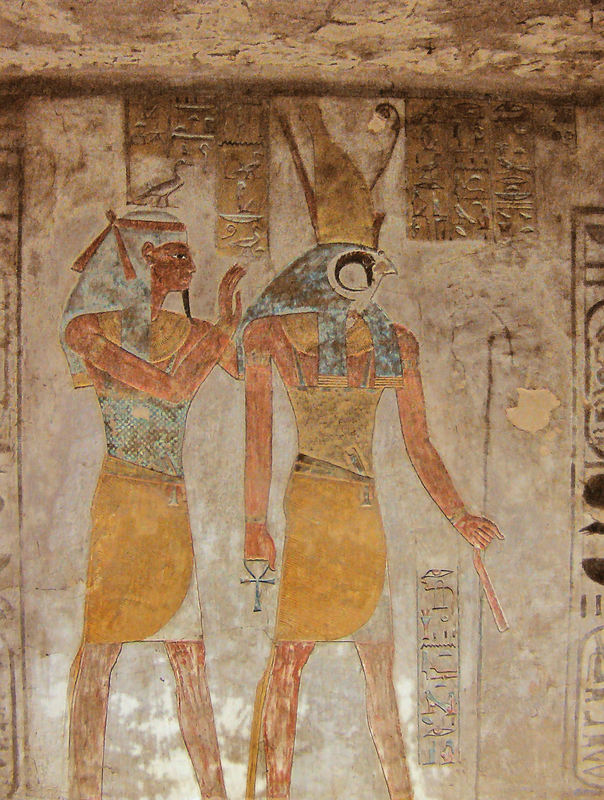
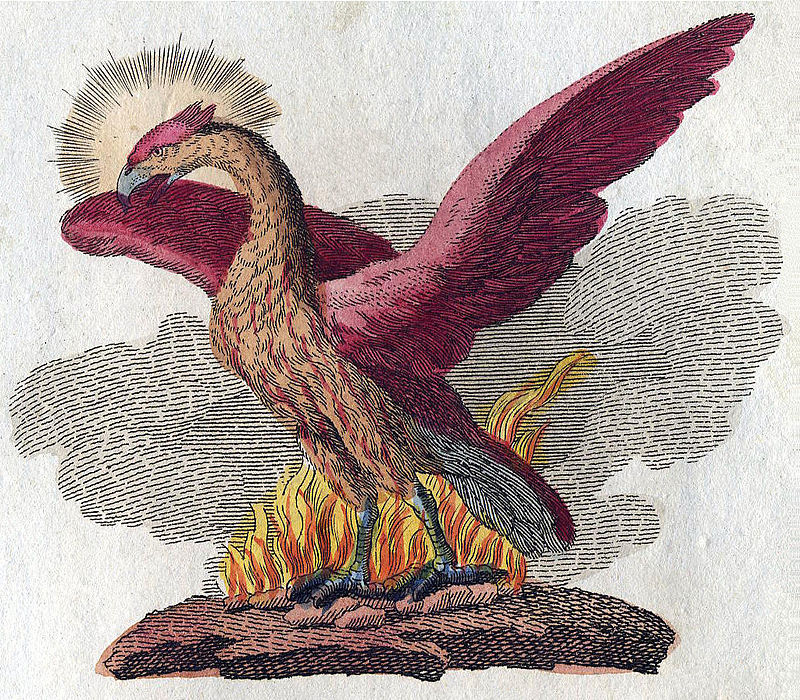
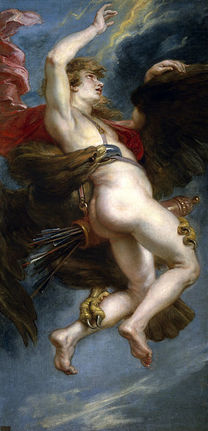
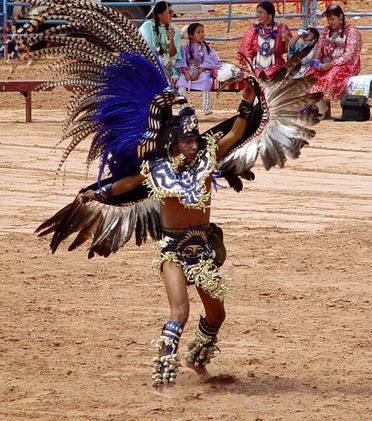

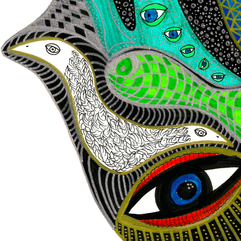
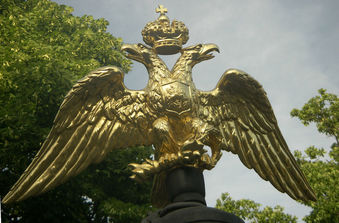
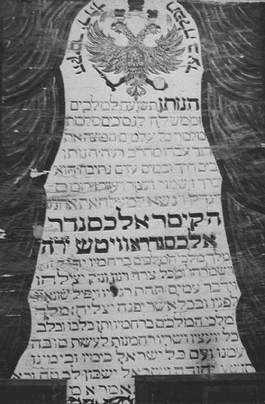
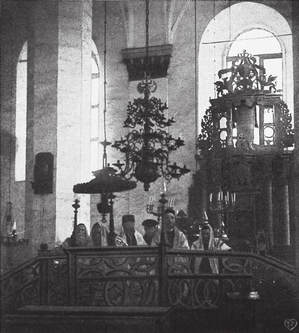
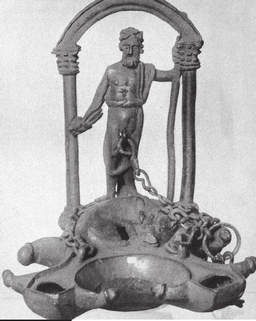
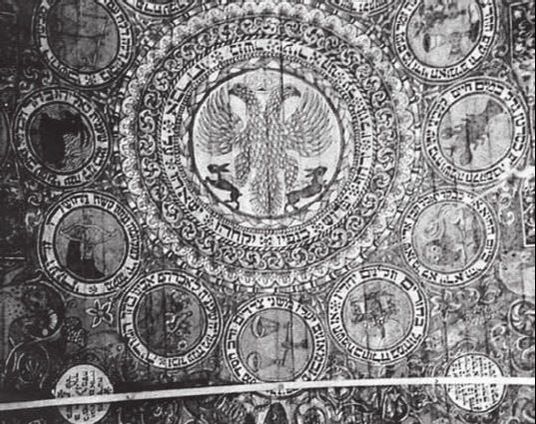

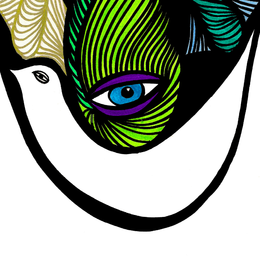
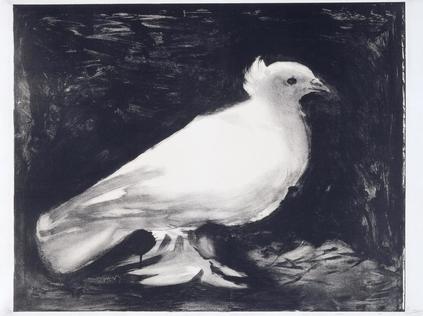
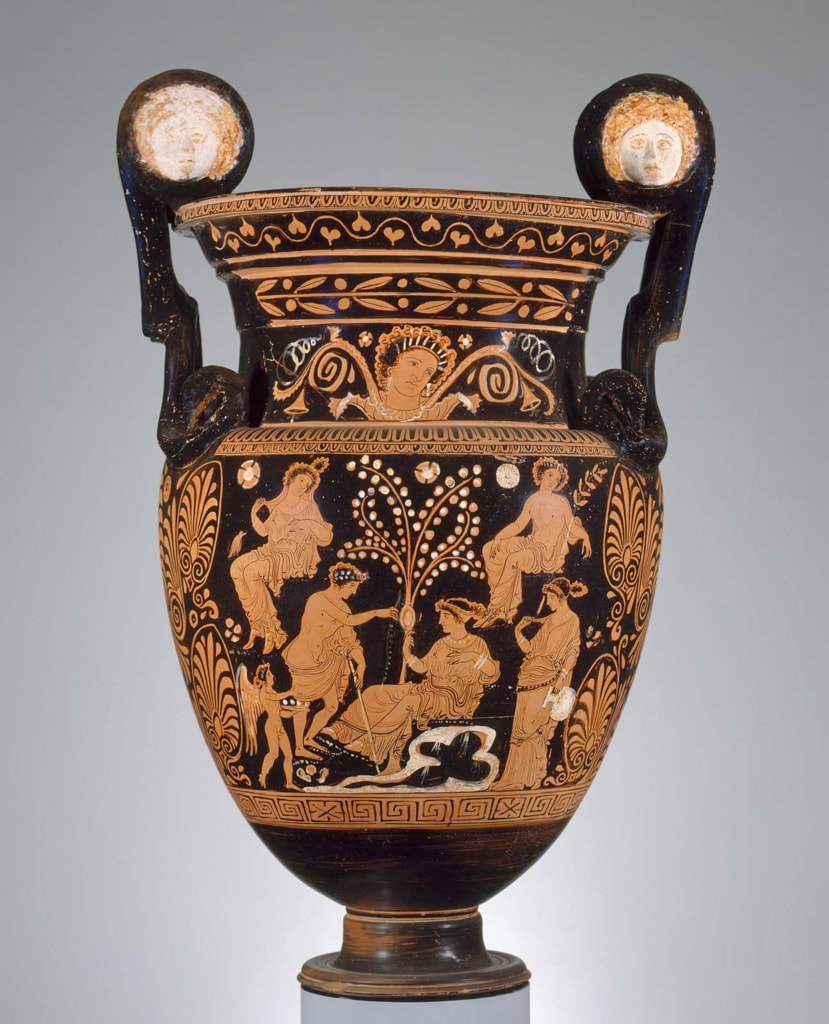

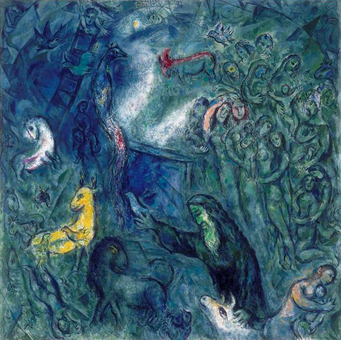
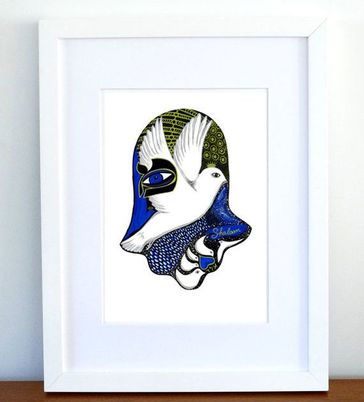
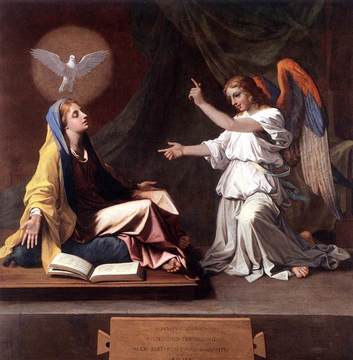
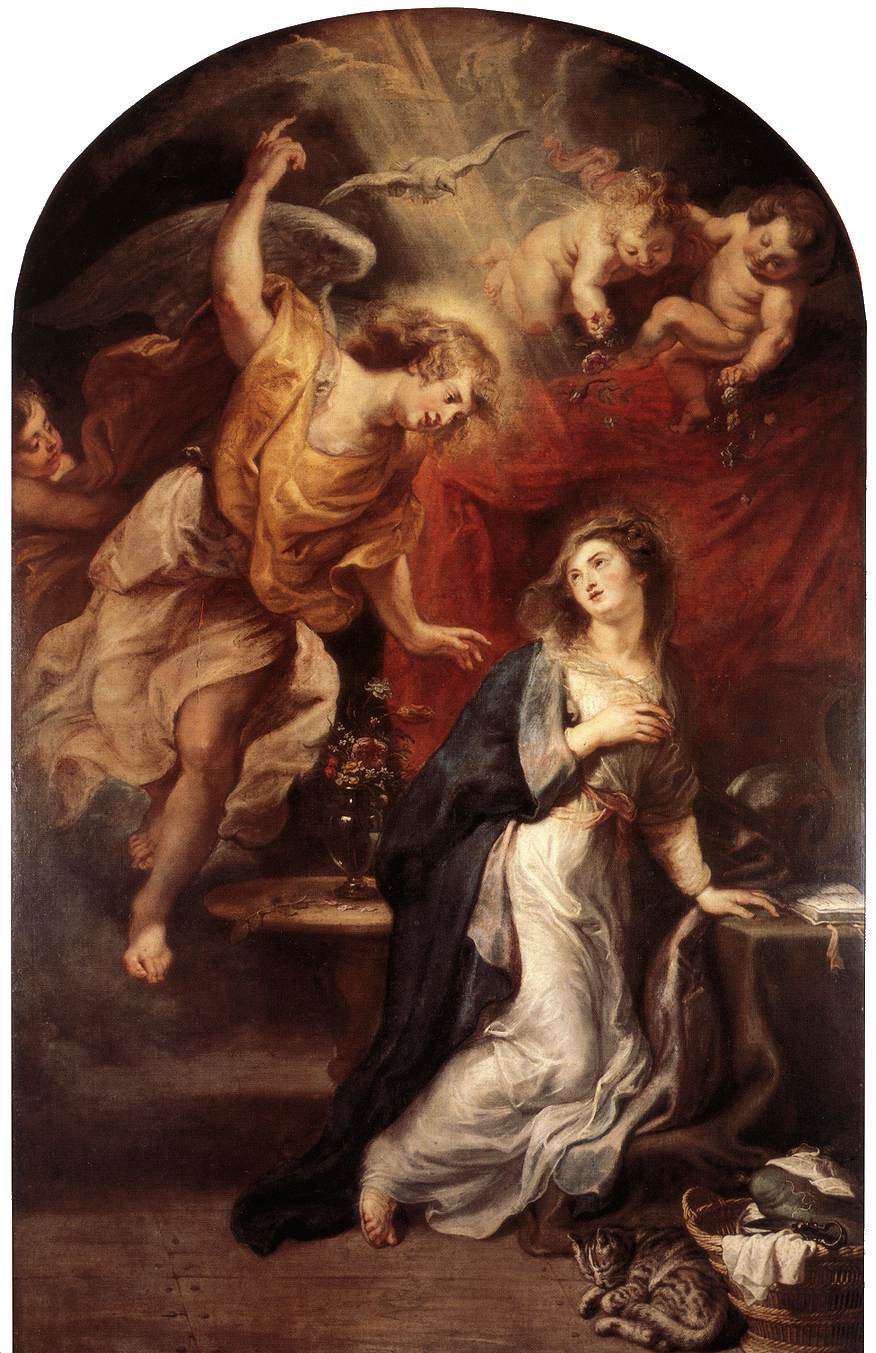
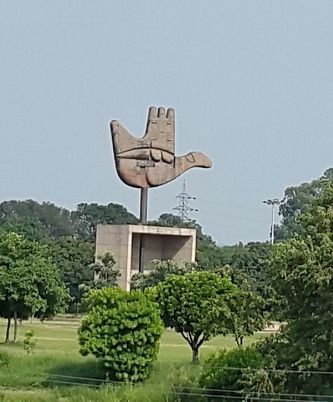
 RSS Feed
RSS Feed
